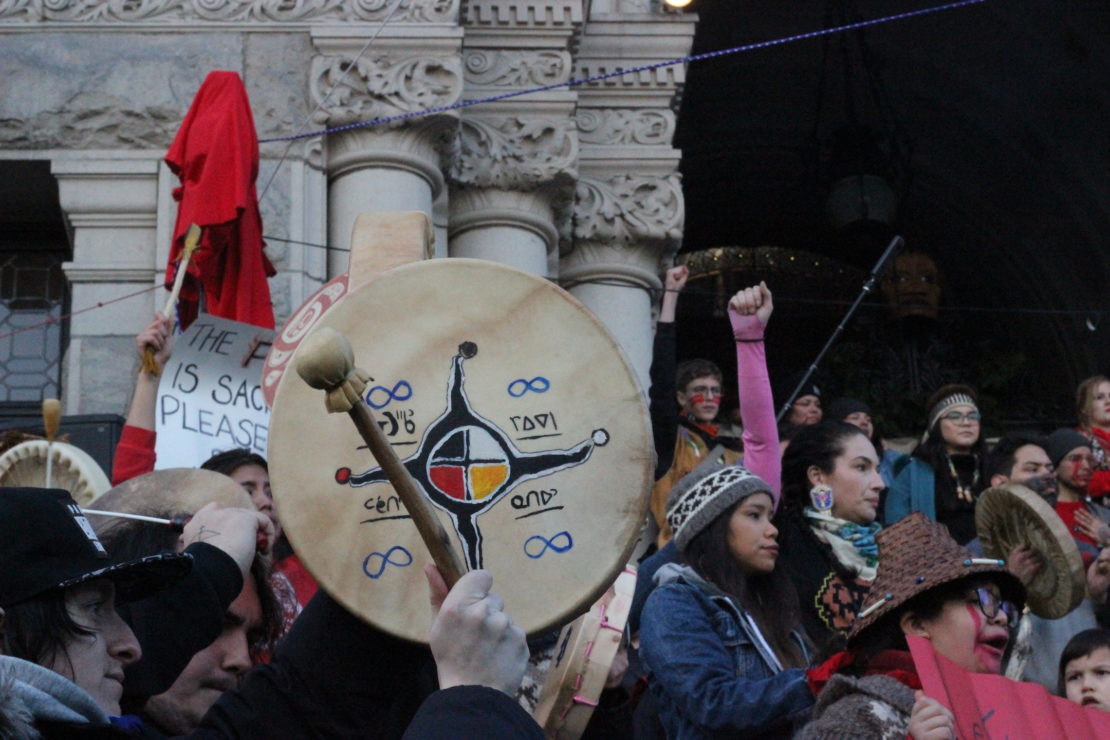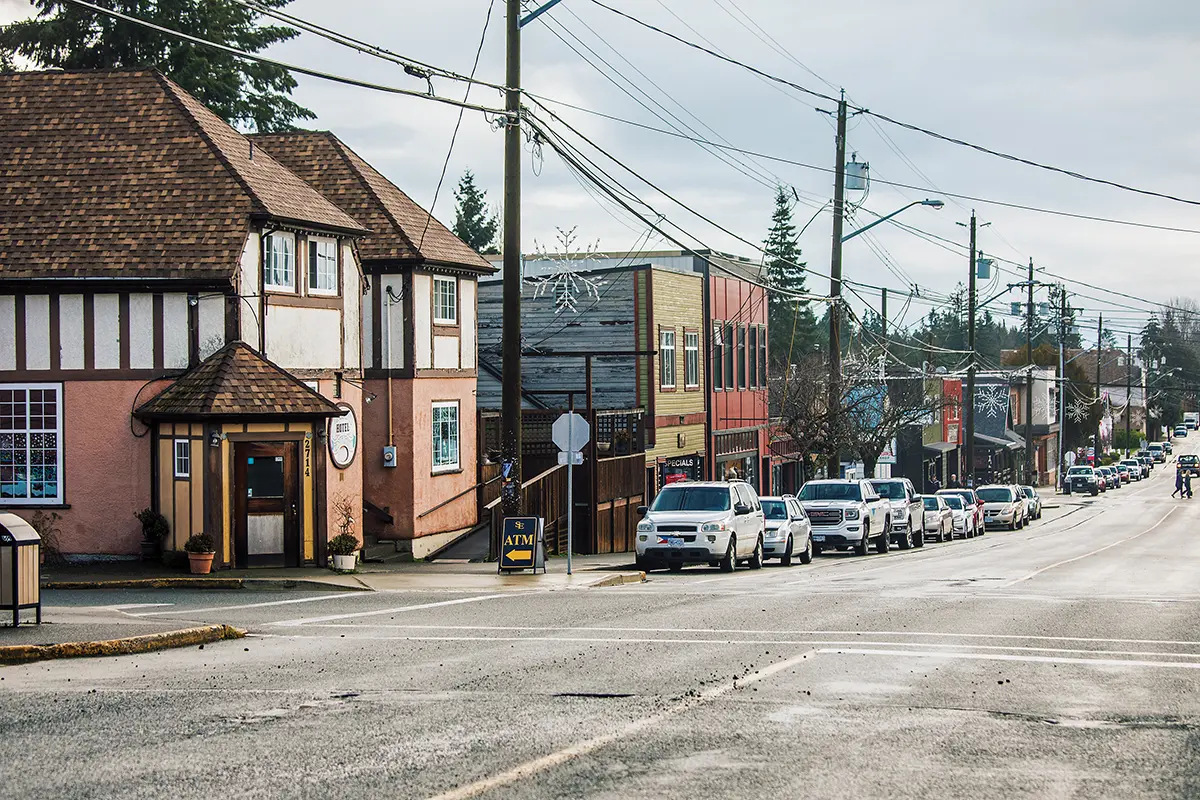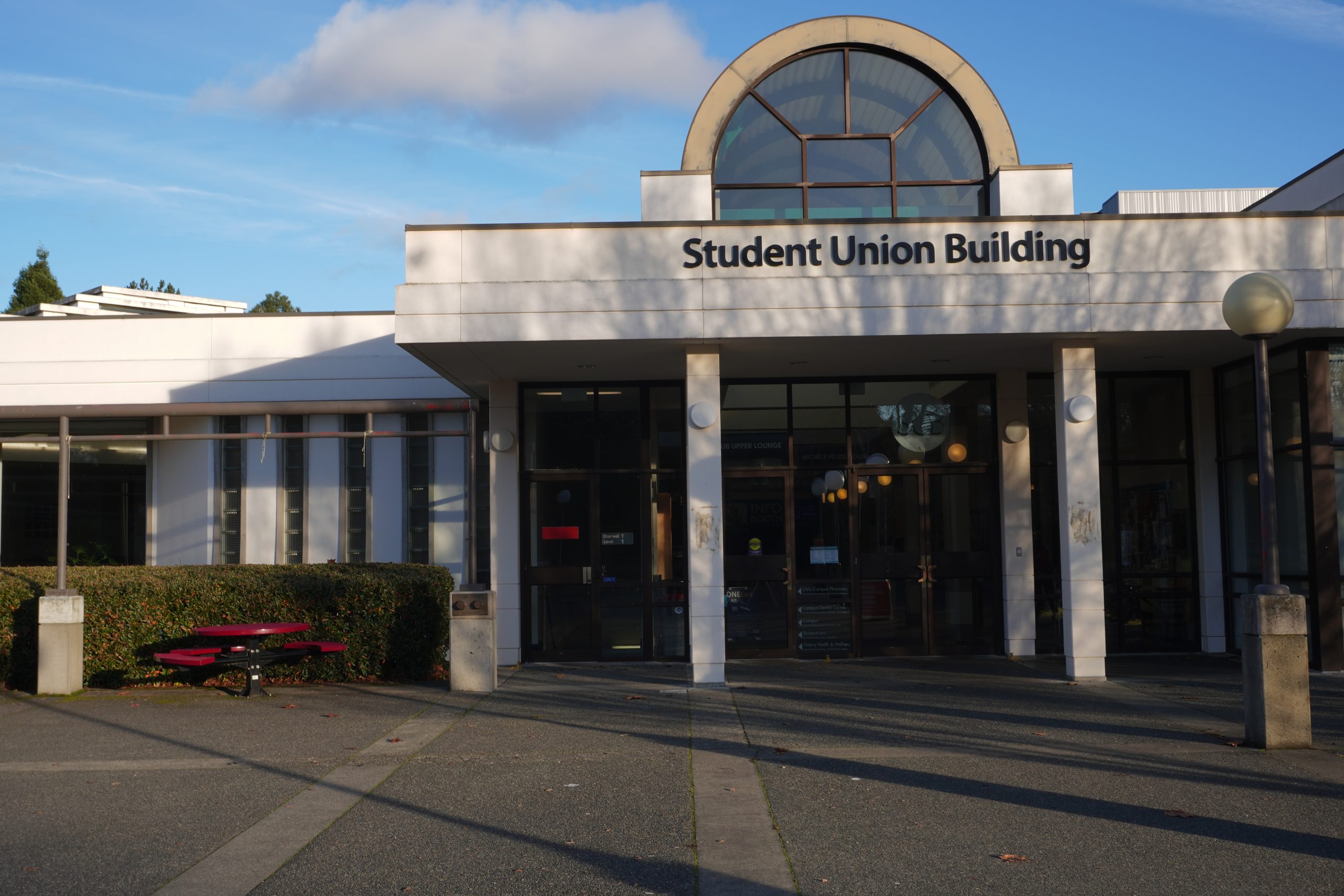
Construction on the Coastal GasLink (CGL) pipeline continues while provincial health orders to limit the spread of COVID-19 are in effect.
CGL is a 670-kilometre pipeline set to bring liquefied natural gas for export to overseas markets, as part of TC Energy’s larger LNG Canada project. The project crosses over the traditional territories of the Wet’suwet’en, despite a lack of consent from all of the hereditary chiefs.
This month, after signing a Memorandum of Understanding (MOU) regarding Wet’suwet’en title, the federal government also announced an up to $500 million loan for the pipeline.
Kolin Sutherland-Wilson says heavy police presence in Wet’suwet’en territory has persisted. Sutherland-Wilson is from the village of Anspayaxw and was born into the Fireweed Clan of the Gitxsan nation.
“CGL has been going full steam ahead, and are planning on bringing over 1 000 workers to man multiple man camps into the north — into these communities where we’re already trying to take as many precautions as possible,” he says.
Sutherland-Wilson is also currently working on documenting the CGL conflict as it occurs, including the clearing of lands for the pipeline’s construction and the heavy police presence all over the unceded traditional territories of Wet’suwet’en nation.
Reports of both transient workers being brought in to carry out the construction and RCMP forces escorting CGL-related personnel have emerged since late March.
Heavy police presence has permeated the region since earlier this year, when Wet’suwet’en hereditary chiefs released a letter they say was an order from the B.C. government to increase RCMP presence in the area to deal with mounting tensions and protests in opposition to CGL.
“You can see their vehicles everywhere…every time [my friends] drive through Houston, no matter what, they get tailed by a cop. It definitely feels like a police state up here,” says Sutherland-Wilson.
In a March 15 statement, CGL highlighted prioritizing local workers for construction and following safe practices to minimize COVID-19 transmission risks. CGL also reported reducing its workforce from 1 200 to around 400 in late March, coinciding with the end of its winter construction term.
In early April, the B.C. government released a list of services defined as “essential” to the preservation of “life, health, public safety and basic societal functioning.” Construction work appears on the list.
In late April, B.C. provincial health officer Dr. Bonnie Henry released a general set of guidelines to be implemented in construction sites continuing to operate during COVID-19 in B.C. The stipulations re-emphasize a prior prohibition on gatherings of more than 50 persons in a single space and the maintenance of social distancing and hygiene procedures.
Enforcement of these rules falls on the responsibility of medical health officers, and guidelines appear to vary by health authority. Fraser Health Authority’s website indicated on April 24 that “residents of remote, isolated, or Indigenous communities” were now being prioritized for the Nucleic Acid Tests now being used to diagnose cases of COVID-19.
Police officers, compliance officers, and enforcement officers are also being permitted to help medical health officers with ensuring physical distancing protocols are met by the public, though the extent of authority they have in doing so remains unclear.
Federal government agency Export Development Canada (EDC) is also set to invest up to $500 million in the CGL pipeline project, in a recent agreement signed on April 28.
In a project review document from EDC, the agency acknowledges the project’s “potential to impact the rights and title” of the First Nations whose territories are involved in the construction of CGL. The document also acknowledges opposition to CGL from the Hereditary Chiefs of Wet’suwet’en First Nation (HCWFN) and states HCWFN “claim they have not been adequately consulted nor have they consented to the Project.”
The recent signing of a memorandum of agreement is also set to impact future negotiations between the Wet’suwet’en nation and the Canadian government over their traditional territory.
A joint statement released on April 30 by the hereditary chiefs, the federal Ministry of Indigenous Relations and Reconciliation, and Crown-Indigenous Relations & Northern Affairs Canada, confirmed that a MOU had been reached between all three parties.
The MOU outlines the restoration of legal power back to traditional Indigenous modes of governance, which will increase influence for Wet’suwet’en hereditary chiefs in decision-making processes.
Sutherland-Wilson believes the MOU may be used by the federal government to gain leverage in the CGL conflict, allowing for the agreement to impact future negotiations but permitting the project to continue.








